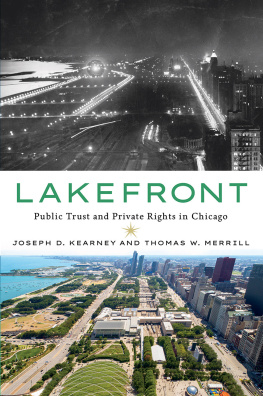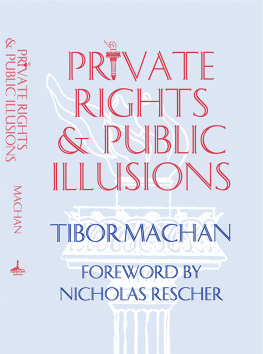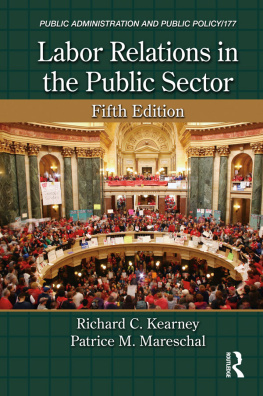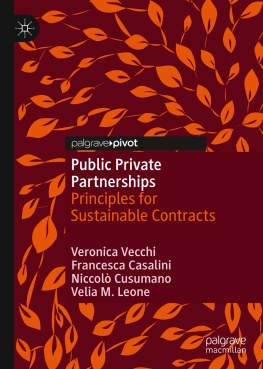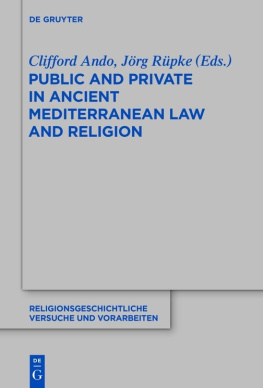Joseph D Kearney - Lakefront: Public Trust and Private Rights in Chicago
Here you can read online Joseph D Kearney - Lakefront: Public Trust and Private Rights in Chicago full text of the book (entire story) in english for free. Download pdf and epub, get meaning, cover and reviews about this ebook. year: 2021, publisher: Cornell University Press, genre: Romance novel. Description of the work, (preface) as well as reviews are available. Best literature library LitArk.com created for fans of good reading and offers a wide selection of genres:
Romance novel
Science fiction
Adventure
Detective
Science
History
Home and family
Prose
Art
Politics
Computer
Non-fiction
Religion
Business
Children
Humor
Choose a favorite category and find really read worthwhile books. Enjoy immersion in the world of imagination, feel the emotions of the characters or learn something new for yourself, make an fascinating discovery.
- Book:Lakefront: Public Trust and Private Rights in Chicago
- Author:
- Publisher:Cornell University Press
- Genre:
- Year:2021
- Rating:4 / 5
- Favourites:Add to favourites
- Your mark:
Lakefront: Public Trust and Private Rights in Chicago: summary, description and annotation
We offer to read an annotation, description, summary or preface (depends on what the author of the book "Lakefront: Public Trust and Private Rights in Chicago" wrote himself). If you haven't found the necessary information about the book — write in the comments, we will try to find it.
Joseph D. Kearney and Thomas W. Merrill study the lakefronts evolution from the middle of the nineteenth century to the twenty-first. Their findings have significance for understanding not only Chicagos history but also the laws part in determining the future of significant urban resources such as waterfronts.
The Chicago lakefront is where the American public trust doctrine, holding certain public resources off limits to private development, was born. This book describes the circumstances that gave rise to the doctrine and its fluctuating importance over time, and reveals how it was resurrected in the later twentieth century to become the primary principle for mediating clashes between public and private lakefront rights. Lakefront compares the effectiveness of the public trust idea to other property doctrines, and assesses the role of the law as compared to more institutional developments, such as the emergence of sanitary commissions and park districts, in securing the protection of the lakefront for public uses.
By charting its history, Kearney and Merrill demonstrate that the lakefronts current status is in part a product of individuals and events unique to Chicago. But technological changes, and a transformation in social values in favor of recreational and preservationist uses, also have been critical. Throughout, the law, while also in a state of continual change, has played at least a supporting role.
Joseph D Kearney: author's other books
Who wrote Lakefront: Public Trust and Private Rights in Chicago? Find out the surname, the name of the author of the book and a list of all author's works by series.

